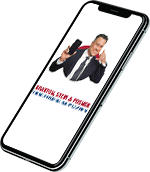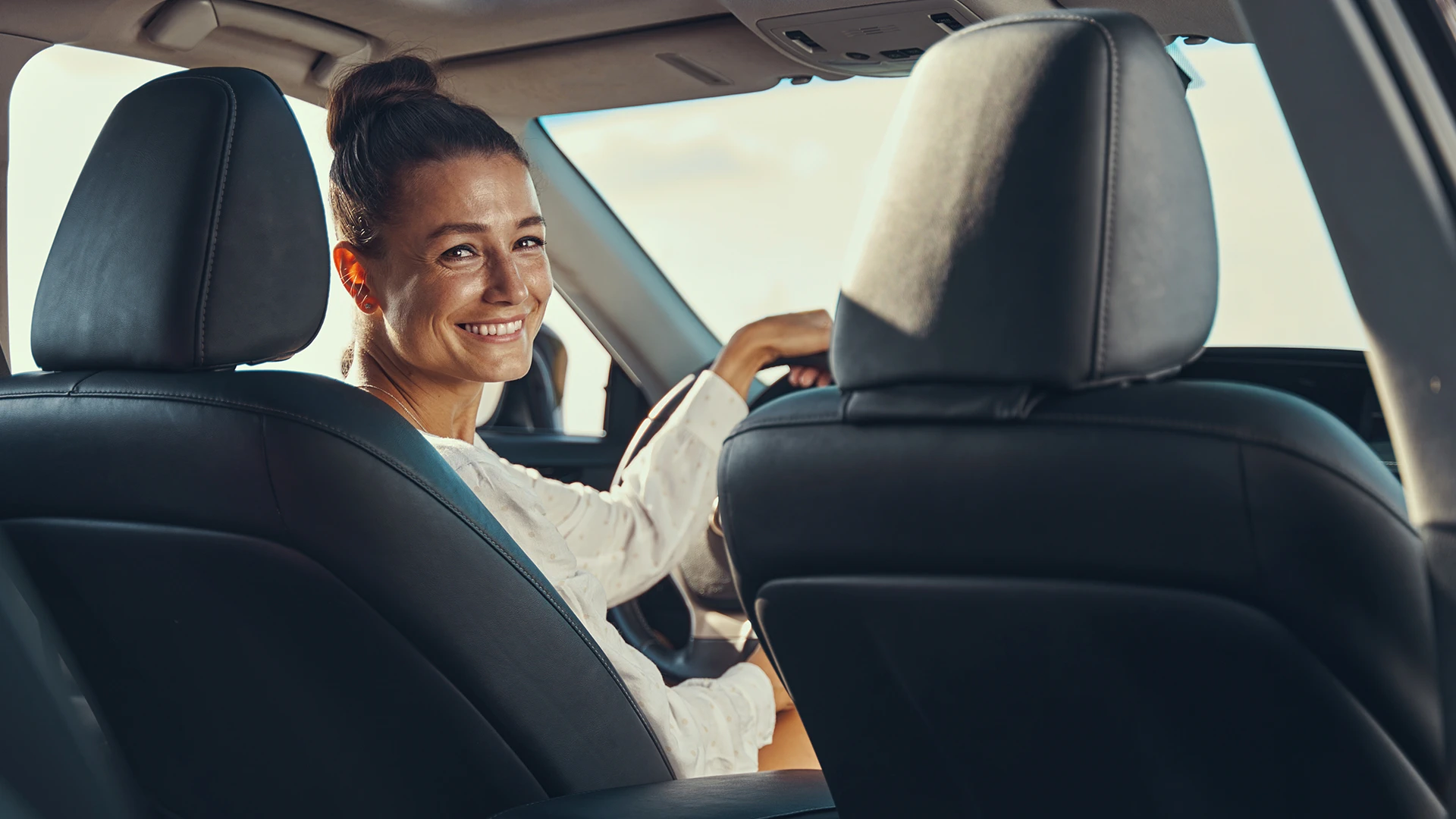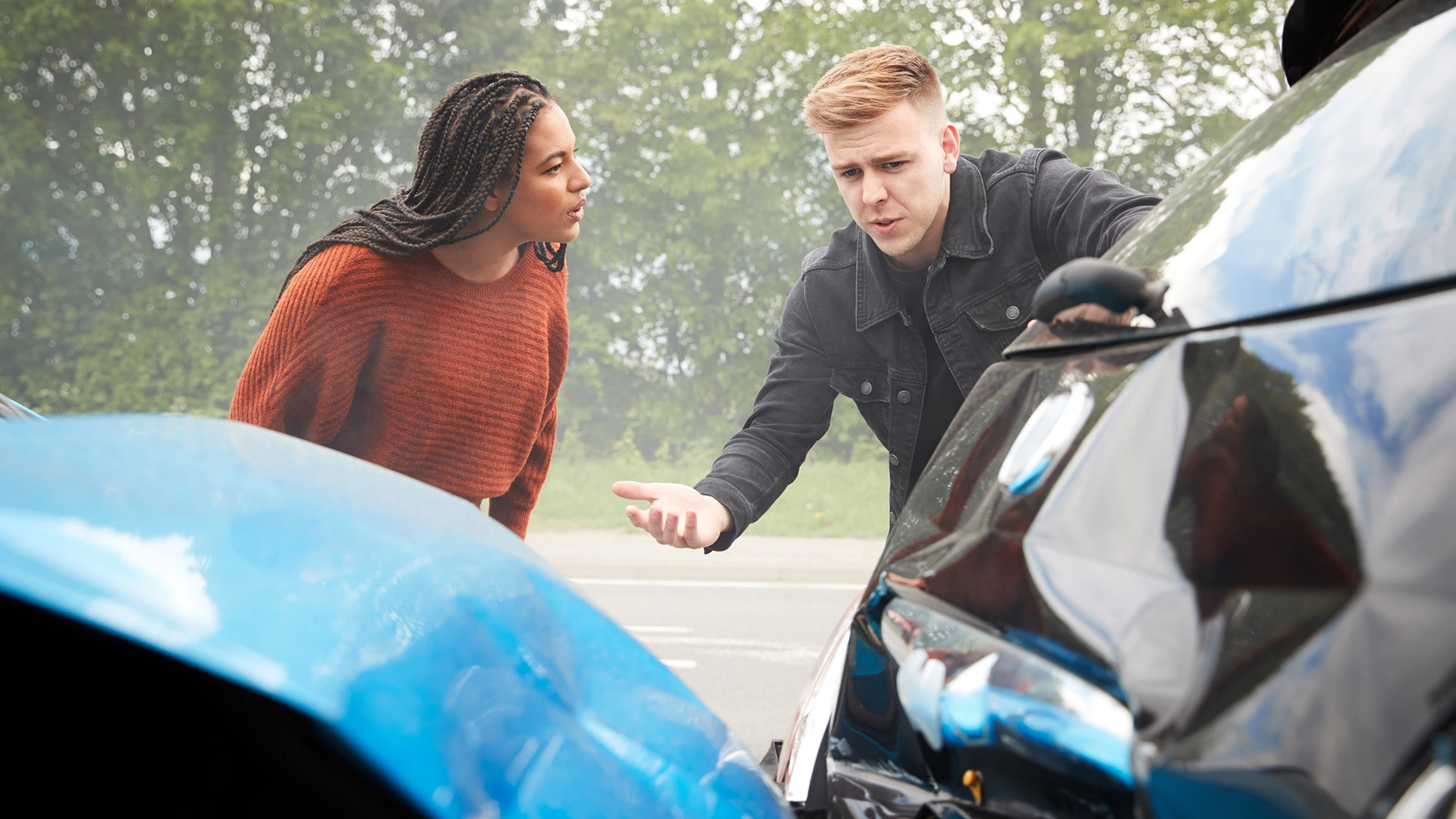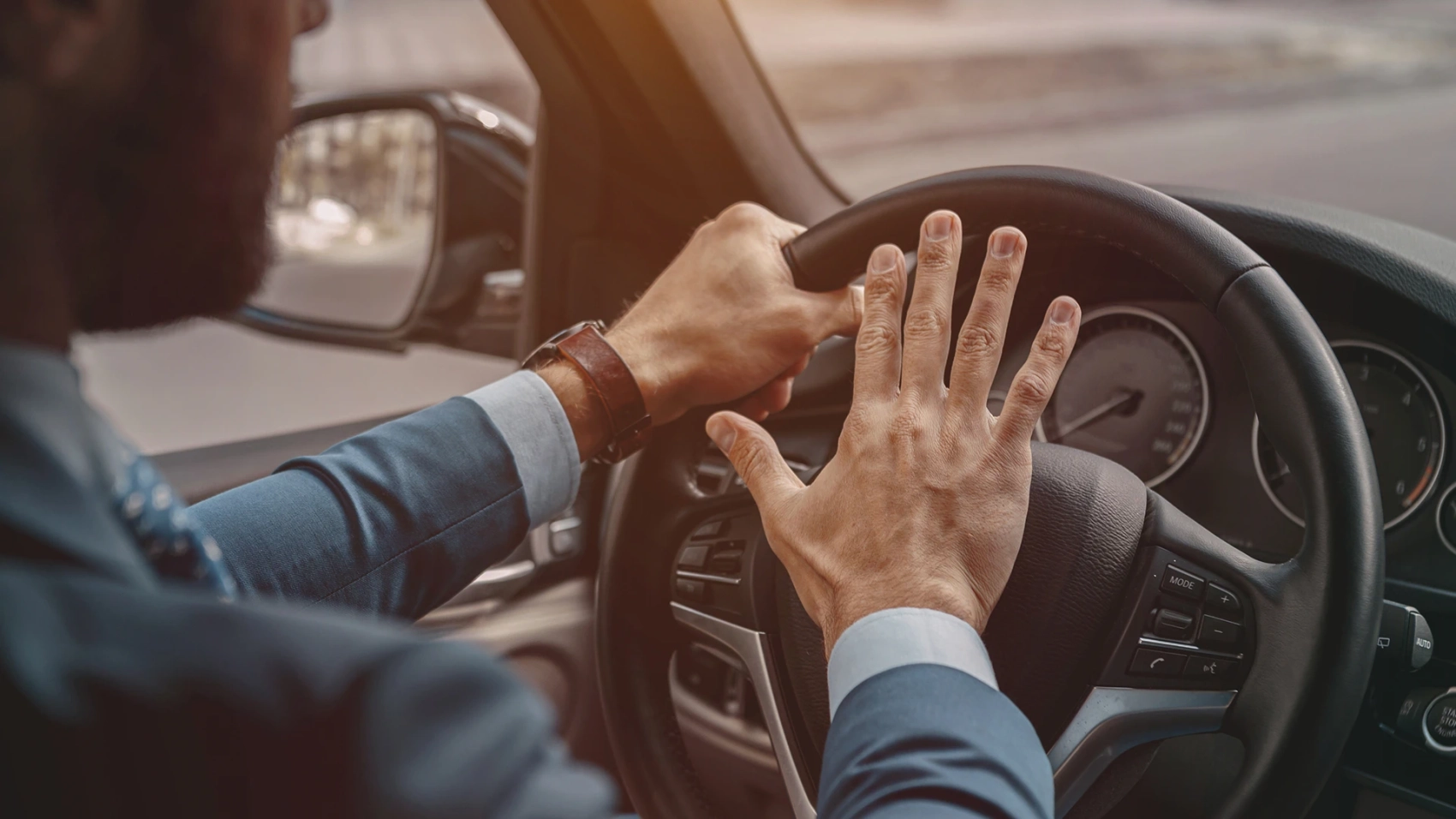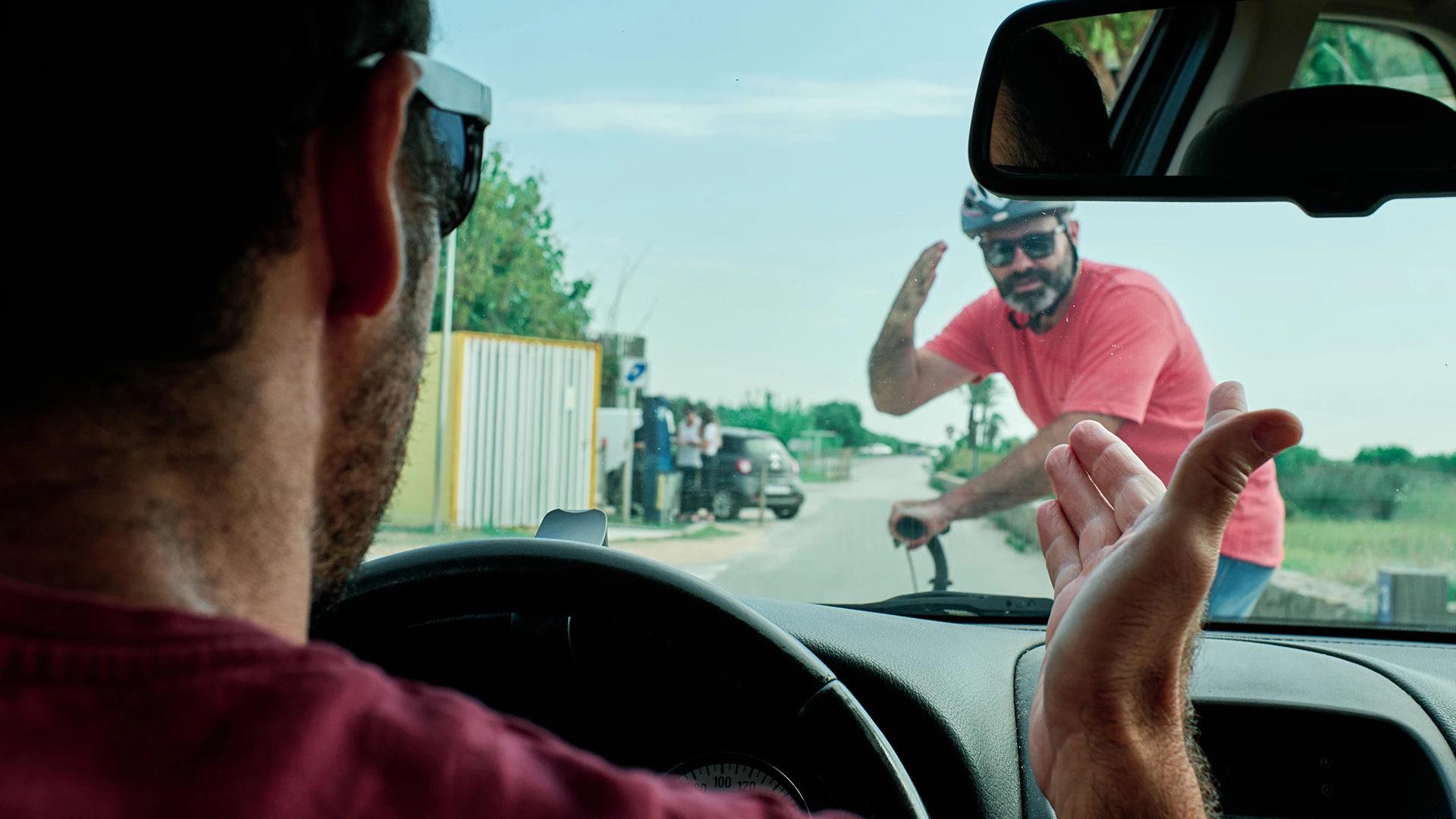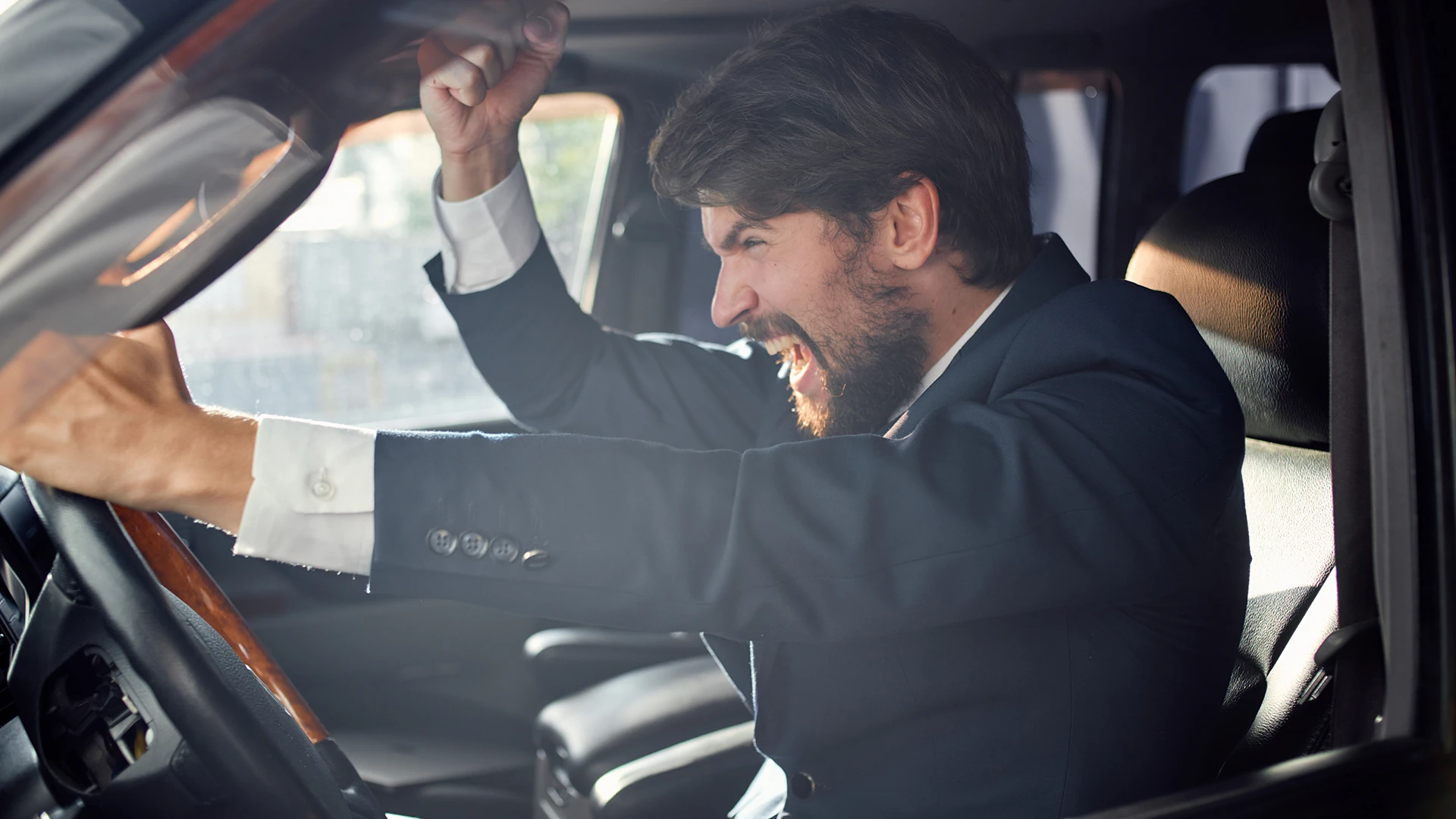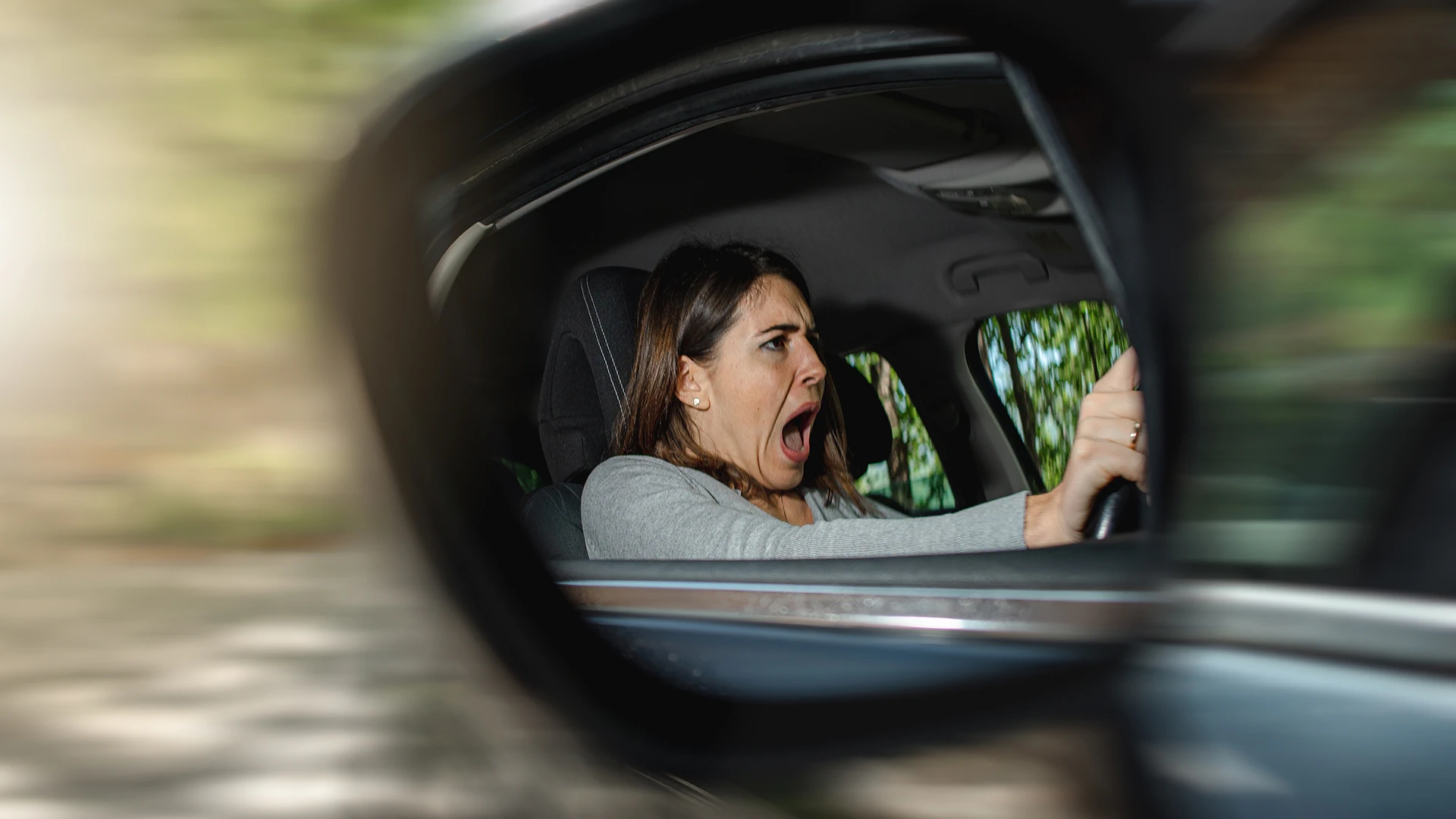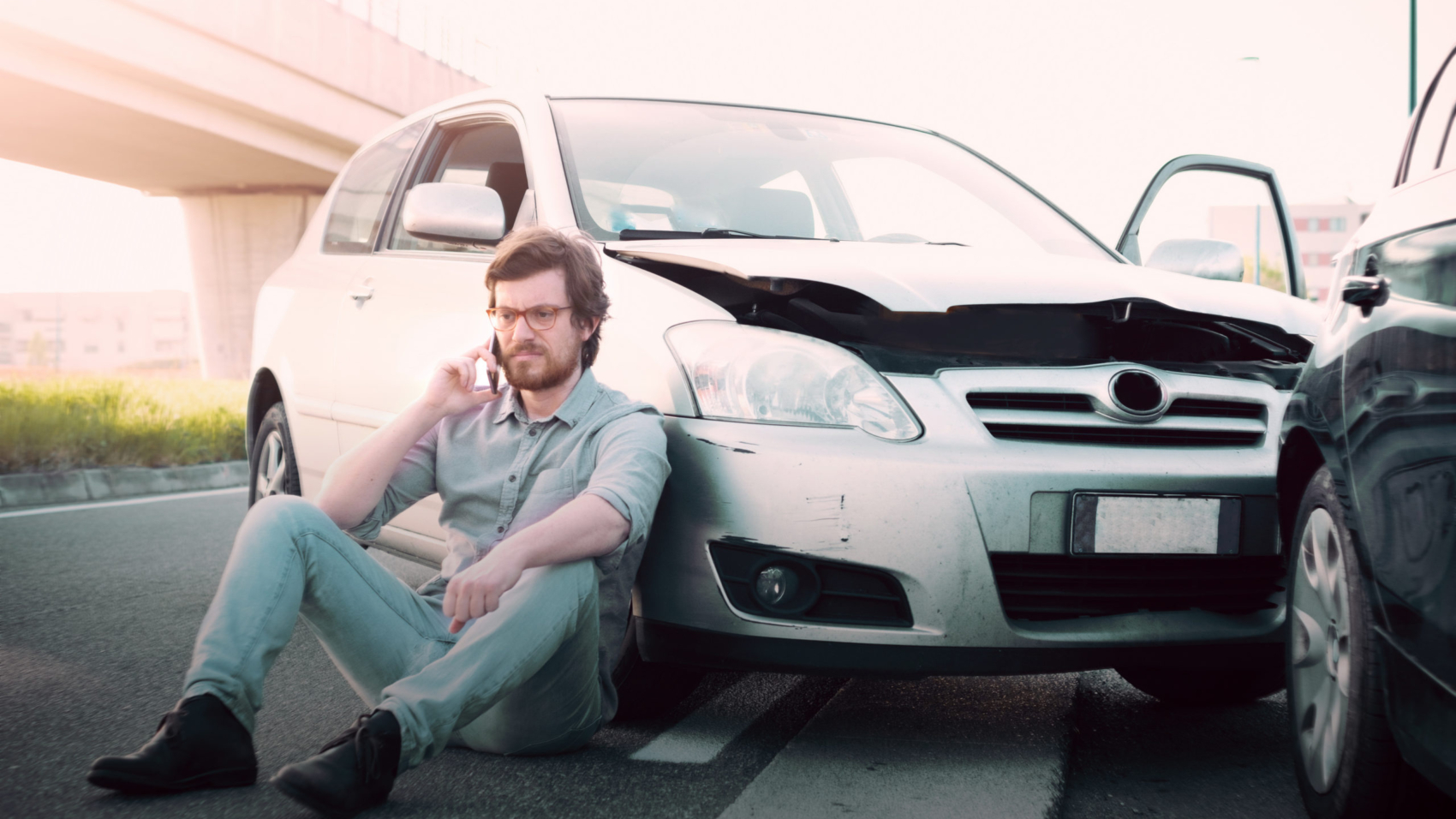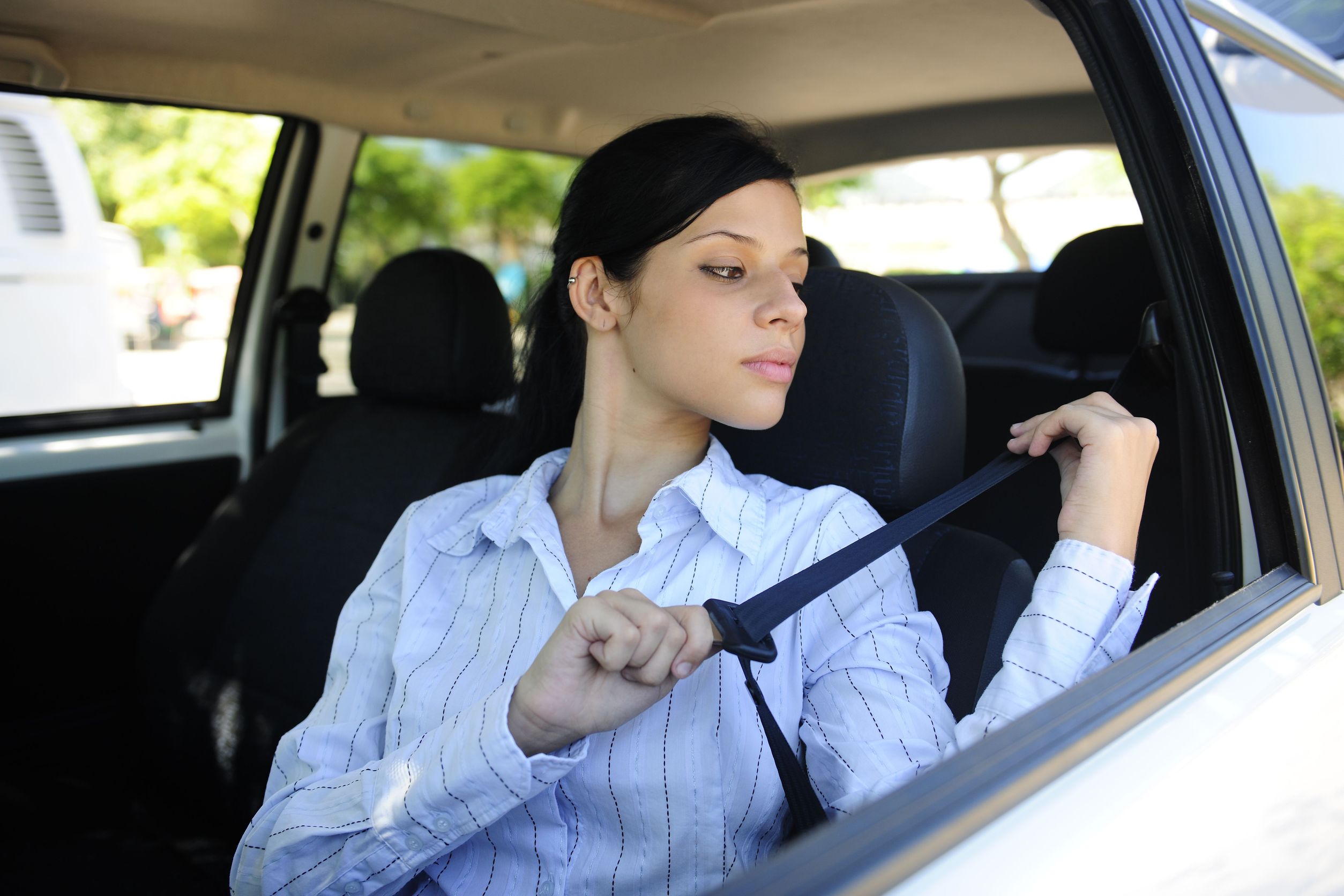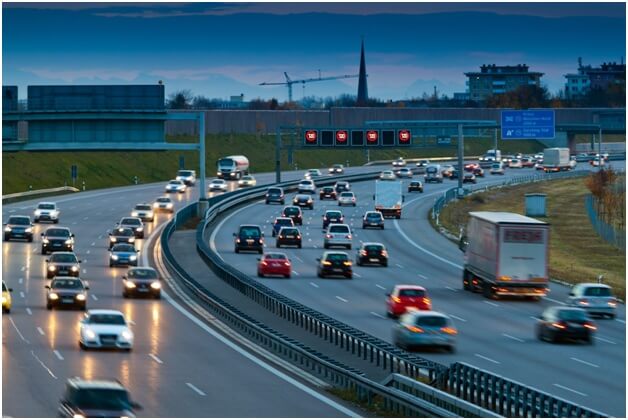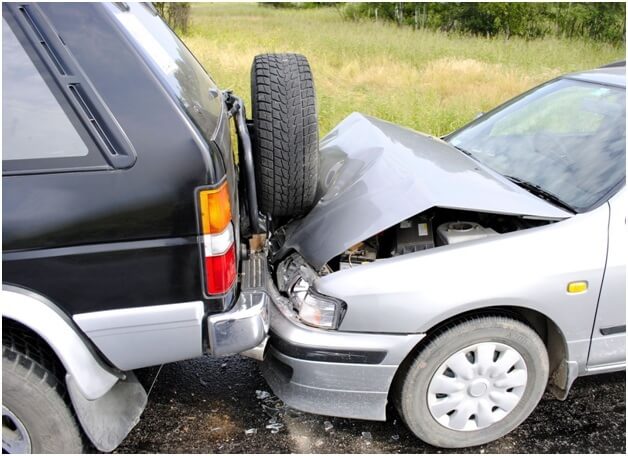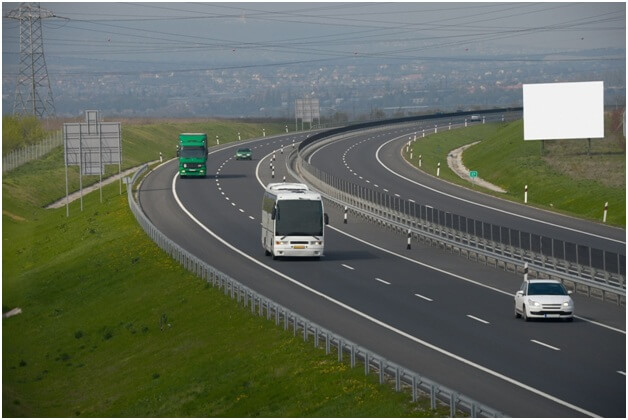Florida, a vibrant and bustling hub of tourism, welcomes millions of visitors each year, many of whom rely on the convenience of rideshare services like Uber for seamless transportation. While these services offer unparalleled accessibility, they also introduce a complex web of potential risks. Accidents involving Uber vehicles, unfortunately, do occur, leaving passengers, pedestrians, cyclists, and other drivers grappling with severe injuries and financial burdens. Understanding your rights and navigating the intricate legal landscape is crucial, regardless of whether you’re a long-time Florida resident or an international visitor exploring the Sunshine State. This comprehensive guide aims to illuminate the various Uber-related accident scenarios, encompassing collisions, assaults, and incidents involving Uber Eats delivery drivers, while also outlining the essential steps to take and the legal avenues available to pursue just compensation.
The Pervasive Role of Uber and Rideshare Services in Florida’s Tourism-Driven Economy
Uber has become an indispensable component of Florida’s tourism infrastructure, facilitating the movement of countless individuals across the state. Major urban centers like Miami, Orlando, Tampa, and Fort Lauderdale witness a surge in rideshare activity, particularly during peak tourist seasons, large-scale events, and conventions. The following statistics underscore the significant role these services play in Florida’s transportation ecosystem:
Widespread Adoption: Over 30% of Florida residents and tourists regularly utilize rideshare services, highlighting their integral role in daily transportation.
Elevated Accident Rates: Florida ranks among the top five states for rideshare-related accidents, attributable to its dense population and substantial tourist influx.
Urban Hotspots: Miami-Dade County alone reports thousands of rideshare-related traffic incidents annually, resulting in a spectrum of injuries to passengers, pedestrians, and cyclists.
A Spectrum of Uber-Related Accidents and Injuries
- Pedestrian Vulnerability: Pedestrians navigating high-traffic areas near hotels, airports, and event venues are particularly susceptible to accidents involving Uber vehicles, often sustaining severe injuries such as fractures, head trauma, and spinal cord damage, with tragic instances of fatal outcomes.
- Cyclist Risks: Cyclists face heightened risks from distracted or speeding Uber drivers, leading to collisions that can inflict catastrophic injuries, including broken bones, traumatic brain injuries (TBIs), and internal organ damage.
Car Collisions: Accidents involving Uber drivers and other vehicles often result in complex disputes regarding fault and insurance coverage, frequently stemming from driver distraction (e.g., using the rideshare app), speeding, or failure to adhere to traffic signals. - Passenger Injuries: Passengers injured within an Uber vehicle may be entitled to compensation through Uber’s insurance policy, irrespective of fault, for injuries ranging from whiplash and broken bones to severe head injuries.
Uber Eats Delivery Dangers: Uber Eats delivery drivers, often under pressure to meet tight deadlines, may engage in reckless driving behaviors, such as running red lights or failing to yield to pedestrians, posing significant risks. - Assaults and Harassment: Although less frequent, passengers may encounter physical assaults by Uber drivers due to inadequate background checks or negligent hiring practices. Furthermore, passengers, particularly women, may experience sexual harassment or assault during their rides, raising serious questions about Uber’s liability and driver accountability.
- Navigating Uber’s Complex Insurance Coverage
Uber’s insurance coverage operates under a framework of specific conditions, making liability determination a complex process:
Logged-In, No Passengers: When an Uber driver is logged into the app but has not yet accepted a ride request, contingent liability coverage applies, with specific limits for bodily injury and property damage.
En Route or Transporting: When an Uber driver is en route to pick up a passenger or is actively transporting a passenger, Uber’s $1 million liability policy comes into effect, providing coverage for passengers, pedestrians, cyclists, and other drivers involved in the accident.
Uninsured/Underinsured Motorist: Uber provides coverage in situations where the at-fault driver lacks adequate insurance or is uninsured.
Essential Steps to Take After an Uber-Related Accident in Florida
Immediate Medical Attention: Prioritize your health and safety by calling 911 and seeking immediate medical attention, even for seemingly minor injuries, to ensure proper documentation and treatment.
Accident Reporting: Notify the police and Uber promptly, ensuring that an official accident report is filed and that Uber is informed of the incident.
Evidence Gathering: Document the accident scene by taking photographs of the involved vehicles, visible injuries, and any relevant surroundings. Collect contact information from witnesses and other drivers.
Record Keeping: Meticulously maintain records of all medical treatments, doctor’s visits, and expenses related to the accident.
Legal Consultation: Seek guidance from an experienced personal injury attorney who can navigate Uber’s complex insurance policies and advocate for a fair settlement.
Common Injuries Resulting from Uber-Related Accidents
- Whiplash and neck injuries
- Fractures and broken bones
- Traumatic brain injuries (TBIs)
- Internal organ damage
- Spinal cord injuries
- Lacerations, bruises, and cuts
- Emotional trauma, particularly in assault or harassment cases.
Florida’s Legal Framework and Liability in Uber Accidents
Florida operates under a comparative negligence system, allowing for shared fault among multiple parties. This means that compensation may be reduced proportionally to your degree of fault. Furthermore, Florida’s Personal Injury Protection (PIP) coverage may not fully compensate for serious injuries, necessitating claims through Uber’s insurance or personal injury lawsuits.
Crucial Information for International Visitors Involved in Uber Accidents in Florida
International visitors possess the same legal rights as domestic tourists but may encounter unique challenges.
- Seek immediate medical attention and retain all medical documentation.
- Preserve travel and medical insurance records.
- Engage a Florida-based attorney to handle your case effectively.
- Act promptly to adhere to Florida’s statute of limitations.
- Potential Compensation in Uber Accident Cases
Medical expenses, including future medical care
- Lost income or wages
- Pain and suffering
- Emotional distress
- Property damage
- Relevant Statistics on Rideshare and Uber Accidents
Studies suggest a correlation between the rise of rideshare services and increased traffic fatalities. South Florida has witnessed a consistent increase in rideshare-related accidents. Assault-related complaints against rideshare drivers have risen.
Why Choose The South Florida Injury Law Firm for Your Uber Accident Case?
At The South Florida Injury Law Firm, we possess a deep understanding of the intricacies of rideshare accident cases and the unique challenges faced by both domestic and international visitors. Our dedicated team is committed to fighting tirelessly to secure maximum compensation for your injuries, whether through negotiations with Uber’s insurance company or by holding negligent parties accountable through legal action.



